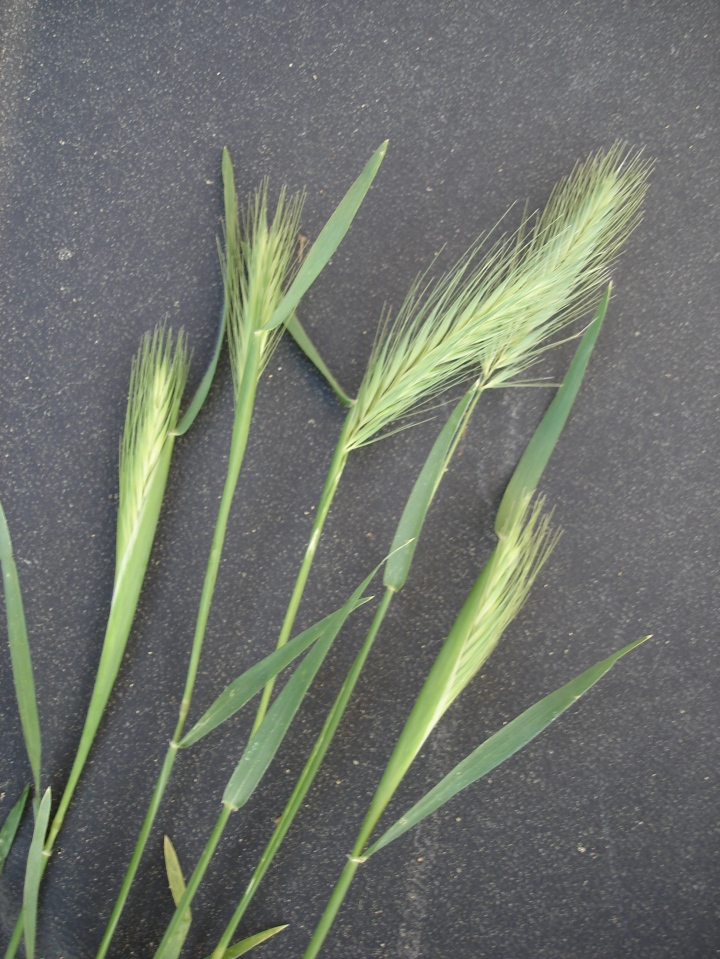 Plants are quite ingenious with their technology of exploitation of animals and people. Many get insects, birds, bats, spiders and anyone who is animated within their environment to disperse the plants’ pollen for them. Plants who prefer to not rely on wind, water or gravity to disperse their seed exploit a different range of animals to do so. They know how to compensate for their immobility.
Plants are quite ingenious with their technology of exploitation of animals and people. Many get insects, birds, bats, spiders and anyone who is animated within their environment to disperse the plants’ pollen for them. Plants who prefer to not rely on wind, water or gravity to disperse their seed exploit a different range of animals to do so. They know how to compensate for their immobility.
This sort of exploitation is generally not as bad as it sounds. Many pollinators are rewarded for their service with nectar or surplus pollen. Dispersion of many types of seed is likewise rewarded with the fruit that surrounds the seed. Many types of nuts produce significant surpluses of seed to reward squirrels for burying them, and leaving just a few to germinate and grow into new plants.
However, there are many types of seed that are not so gracious, and several that are potentially dangerous because of the tactics they use to exploit those who disperse them. Mistletoe is an odd parasitic plant that makes very sticky berries. Those that do not get eaten by birds (for later ‘deposit’) can stick to the feet or feathers of unconsenting birds in order to catch a ride to other trees.
It is sneaky but effective. Most other plants that use this technique are small annual plants that rely on mammals instead of birds. Instead of sticking to feathers, their seed are designed to stick to fur. Such seed are not often a problem for wild animals who have short fur that the seed can stick to only for short distances before slipping out and onto the ground where seed really wants to be.
Domestic animals are not so fortunate. They have longer, shaggier and maybe curlier fur that weed seeds such as foxtail and burclover can get very entangled in. Because foxtail is designed to go into fur but not come out, it is seriously dangerous if it gets into the eyes, ears or noses of domestic animals. Because dogs and cats go wherever they want to, it is very important to eliminate such weeds from gardens where dogs and cats live, and to hopefully do so before they go to seed.
I had a cocker spaniel on the farm in NZ and had to regularly get the teasers to dig barley grass seeds out of her legs
LikeLiked by 1 person
Goodness! I just had to pull burrs from Rhody earlier. He really dislikes the process.
LikeLiked by 1 person
So did Tess. Had to keep her trimmed so I could see the nasty little seed heads
LikeLiked by 1 person
We also had a cocker spaniel many years ago and he used to get long grass seeds in his ear and the only way to get them out, was a trip to the vet. He got so used to being tranquilized that he used to hold up his paw to wait for the injection!
LikeLiked by 1 person
Oh, that is just sad.
LikeLike
Your barley image reminds me how nasty wed seeds can be for us humans – my grandfather used to talk about harvesting barley and how you really had to keep your mouth closed lest you swallowed one – only one way they come out…
For some eason many years ago some idiot decide to bring Nassella trichotoma (nasella tussock) in to NZ – we have lots of non-harmful tussocks. Anyway, it’s bad news if you’re a sheep farmer – it’s unpalatable/indigestible and burrows into skin.
LikeLiked by 1 person
That barley is what we know as foxtail. It is probably the worst weed seed here for dogs and cats. It was not imported intentionally, but probably came inadvertently with other forage. Cattle can certainly eat it, but it is a week outside of range land and in urban landscapes. Many of the other weeds were intentionally imported, like Nassella trichotoma.
LikeLike